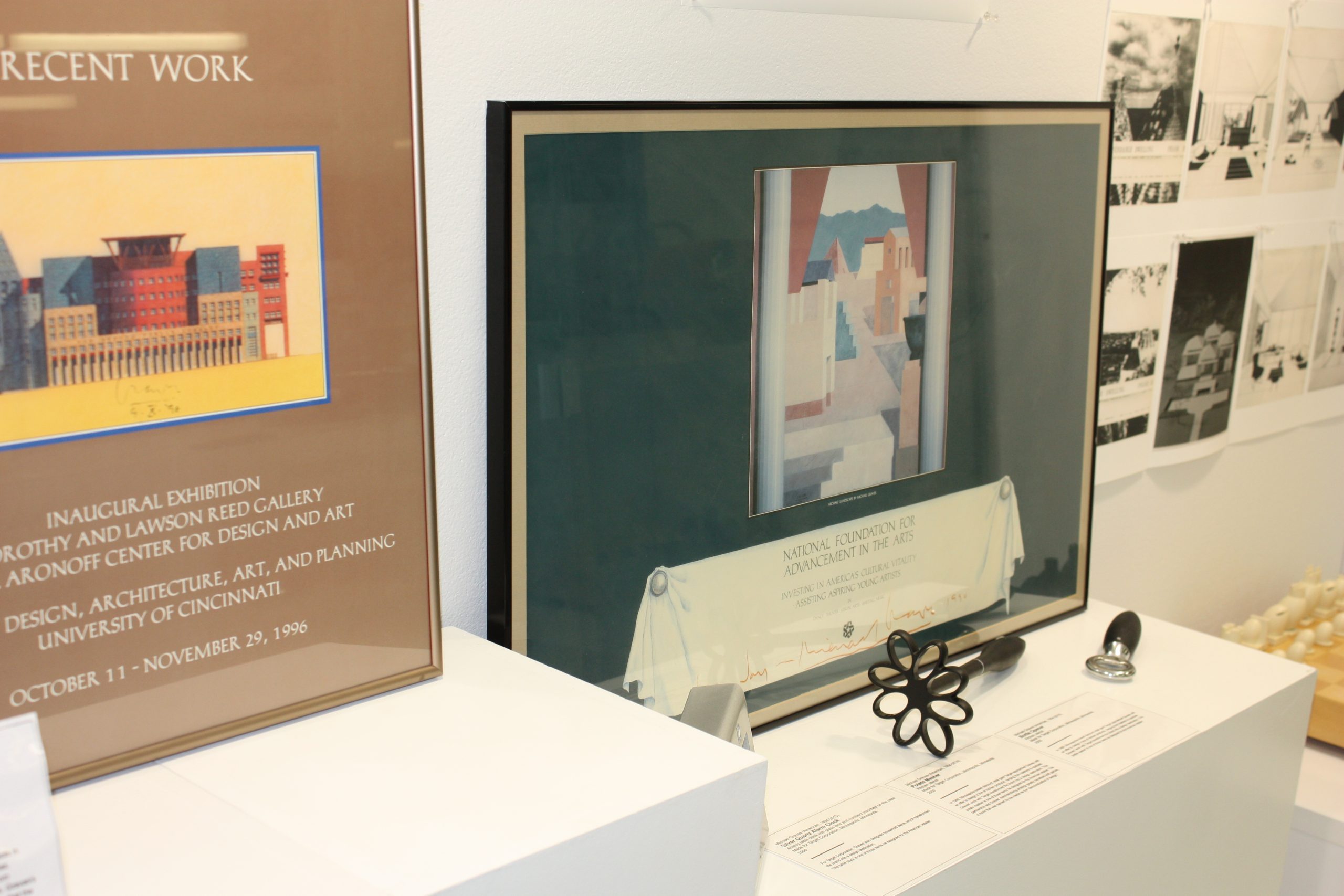Exhibit at DAAP Library: Objects and Drawings by Michael Graves
This July, American architect Michael Graves would have turned 90 years old. He was also a designer, an educator, a prominent figure who contributed to American postmodernist architecture, and an alumnus from the College of Applied Arts at the University of Cincinnati. To celebrate his legacy, and as part of my work at DAAP Library, I curated an exhibit to showcase some of the items from its collection that are designed by Graves. With this exhibit, the DAAP library aims to show that good design is a necessary aspect of the user experience and makes the design process democratic in nature. Thinking about design through this lens led Graves to create thoughtful, appealing and affordable products for the masses.
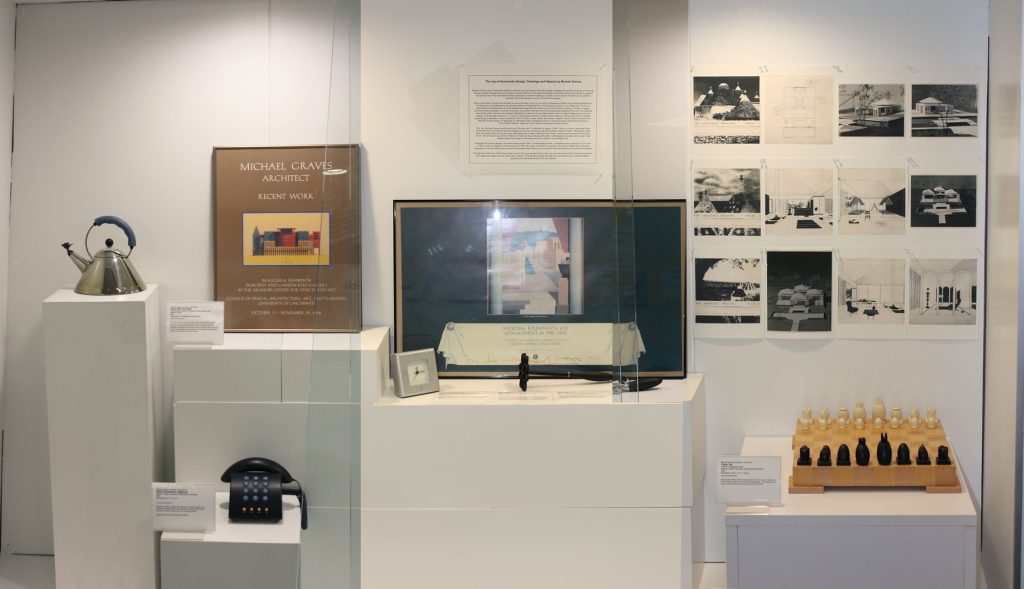
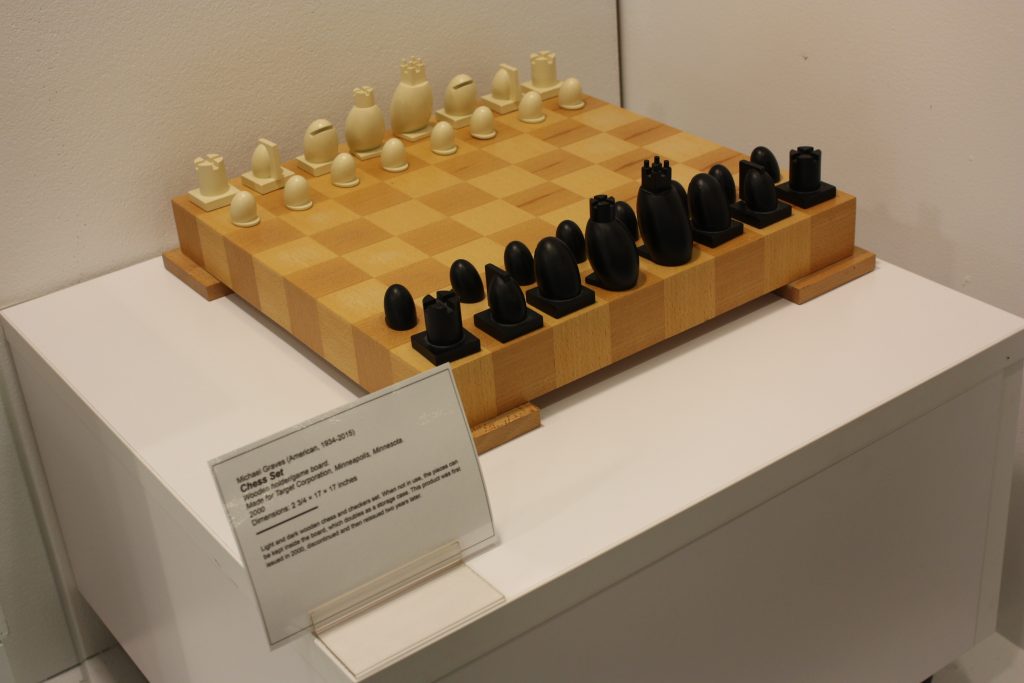
Early in his career, Graves belonged to a group of influential American architects who practiced modernism and called themselves the New York Five. However, this position shifted and today he is remembered as one of the pioneers of postmodernist architecture in the United States. In the 1960s and ‘70s, his designs for his postmodernist buildings received widespread recognition, through projects such as the Portland Building in Portland, Oregon, and the Humana Building in Louisville, Kentucky. Today, his practice, Michael Graves and Associates has designed more than 350 buildings around the world. In addition to building designs, the architect also extended his influence into domestic spaces when he began designing products for Target.
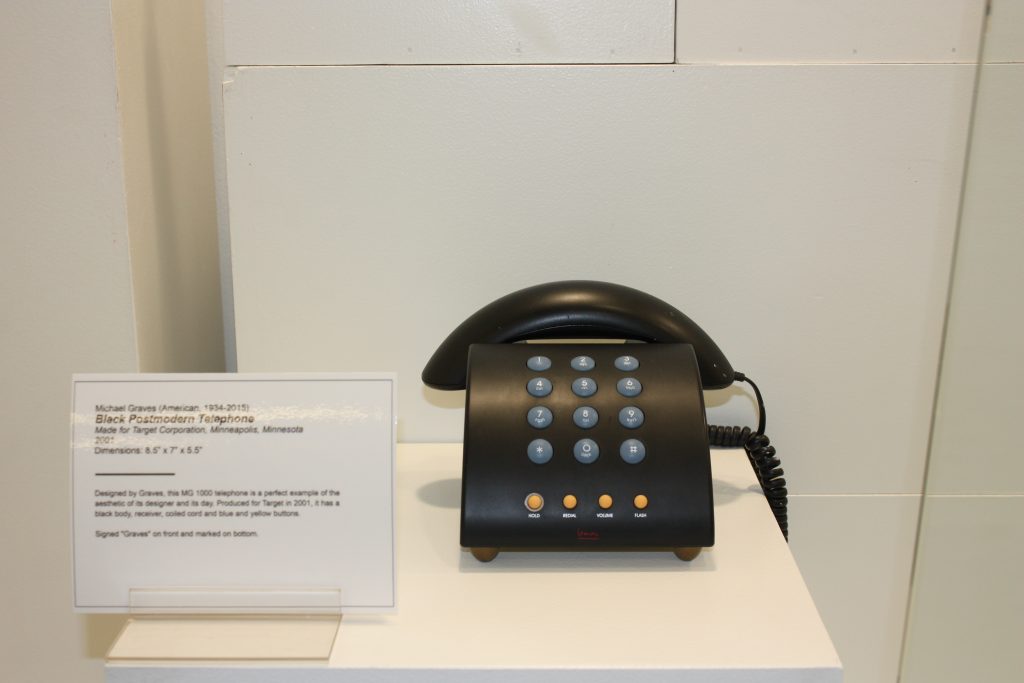
This relationship began in the late 1990s, where Graves was approached by the American retail corporation to revolutionize their merchandising strategy, which would give them an edge against their competitors. Many architects would have refused to have their designs associated with a mega corporation like Target. However, Graves fully embraced this opportunity. By agreeing to this collaboration with Target, Graves ignored the criticisms of both the intellectuals and the masses, as his focus lay on making great design accessible to every household, down to clocks, vases, lamps, and spoons. For him, the outcome of this collaboration was all that mattered: which was to make affordable and well-designed everyday objects which would be pleasing for consumers. Together with his brand consultant firm, Michael Graves Design, he designed an estimated 2,000 household products, including timeless objects like his famous “bird-whistle” teakettle, made for the Italian housewares company Alessi.
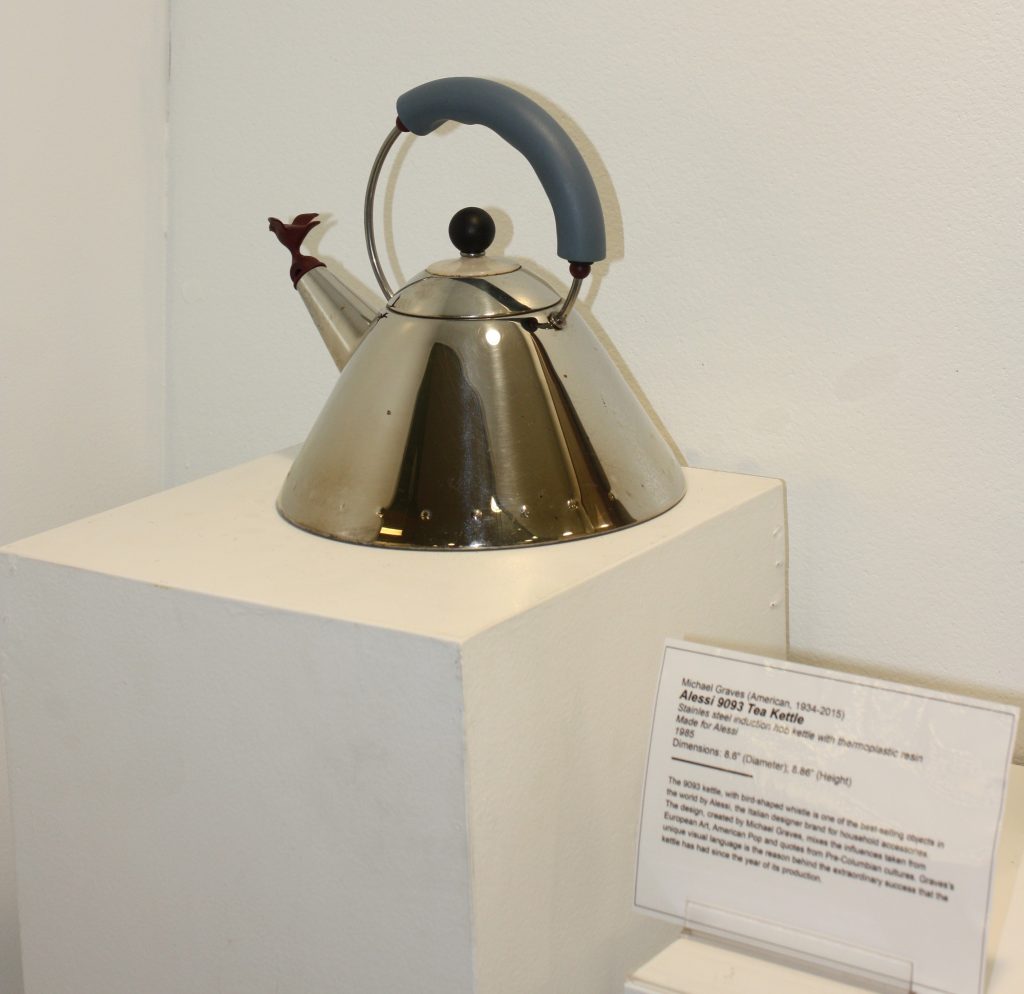
Alongside his product designs, portions of his senior thesis project, titled “The Amenable Shelter,” completed at the University of Cincinnati in 1957, is also on display for the first time ever. Through this project, Graves aimed to propose a new kind of shelter that was engineered to contain space and was also flexible enough to be expanded based on the user’s financial abilities and functional requirements.
Curators: Farhat Afzal, PhD student in architecture, College of DAAP, and Elizabeth Meyer, head librarian at DAAP Library.
Assisted by: Chunyu Ye, student worker at DAAP Library.
Photos by: Farhat Afzal
